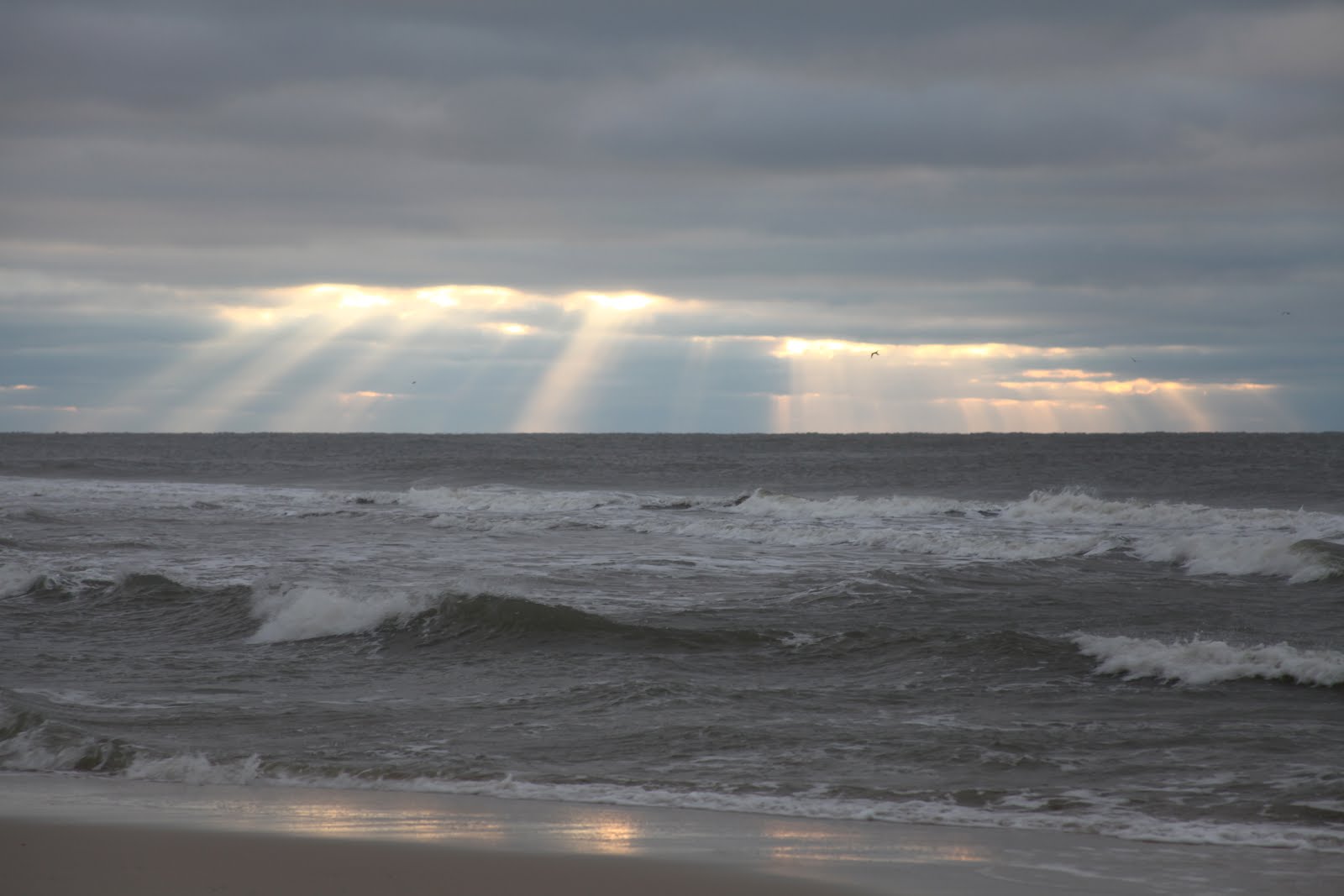In the beginning of the year, Nate, my son, started to limp. At first, we blamed the planter's wart on his foot and then the blister that the medicine made didn't help. He had the medicine put on the last week of March. The blister and healing after the blister took most of April. In May, the limping was still bad enough that we finally were able to be seen by an orthopedic doctor. One of the nurses in our local hospital's ortho unit, noticed his hips moved odd and stiff, so we had x-rays done right then. She brought up something that we had never heard about (and neither have many others) and that's Perthes Disease. It's technically Legg-Calve-Perthes Disease.
I hate the word disease, so we'll shorten it to Perthes.
So what is Perthes?
Perthes is a random, rare issue that is caused when the blood stops going to the top of the femoral head. This can happen for unknown reasons and is not necessarily trauma based. Nate wasn't in an accident, he wasn't hurt in any obvious way. He was a very active 5 year old, preschool loving, energetic boy with no previous health issues.
The doctors told us to follow the "restricted activity" method and so we pulled him from baseball and kept him from running and jumping as anyone can control an active 5 year old. He could still swim, which was great because our family's love of water and how it's a great physical activity for hip problems.
But Perthes and the lack of blood flow to the femoral head then causes the bone to die. This process can take a long time and is called Necrosis (dying bone).

The second stage is fragmentation, which is where both of Nate's hips currently are.

In November, after months and months of therapy (physical therapy and water therapy), I went with my gut feeling (aka Mom's Intuition) and called Shriner's Hospital in St. Louis for a second opinion. I took Nate up by myself, thinking they would be saying something similar to what our local doctors were saying. I was wrong! He was told, by Dr. Schoenecker, that he shouldn't be walking at all and that he recommends surgery. At first I thought "really?" then realized that I went to Shriner's for a reason - they see Perthes every day, multiple times a day. They've seen it in all stages. Our local doctor has seen maybe 1-2 cases in their career. Dr. S. is also known around the United States as a leader in Perthes and Perthes treatment. As much as I hated the word surgery, I trusted this man to know what he's talking about. Dr. S also mentioned that he had it in both hips, which is even more rare. Our local doctors knew this (it was in paperwork I printed off after getting our Shriner's appointment) but never told us this.
One week before Thanksgiving, Nate went in for surgery. He came out of it wearing a Petrie Cast in bright red (his favorite color). He had a abductor tenotomy, where a tendon is cut. They were able to push one of the hips back into socket without a lot of push back and hopefully the cast will help do its job. You can read more of the treatment here, if interested.
After Christmas, Nate gets his cast off and he will get his brace. It'll still be an A frame type shape and will be worn 20 out of 24 hours of the day. Which means he'll have time for therapy and baths. I'm hoping that he will have aqua therapy again, which helps build strength.












No comments:
Post a Comment